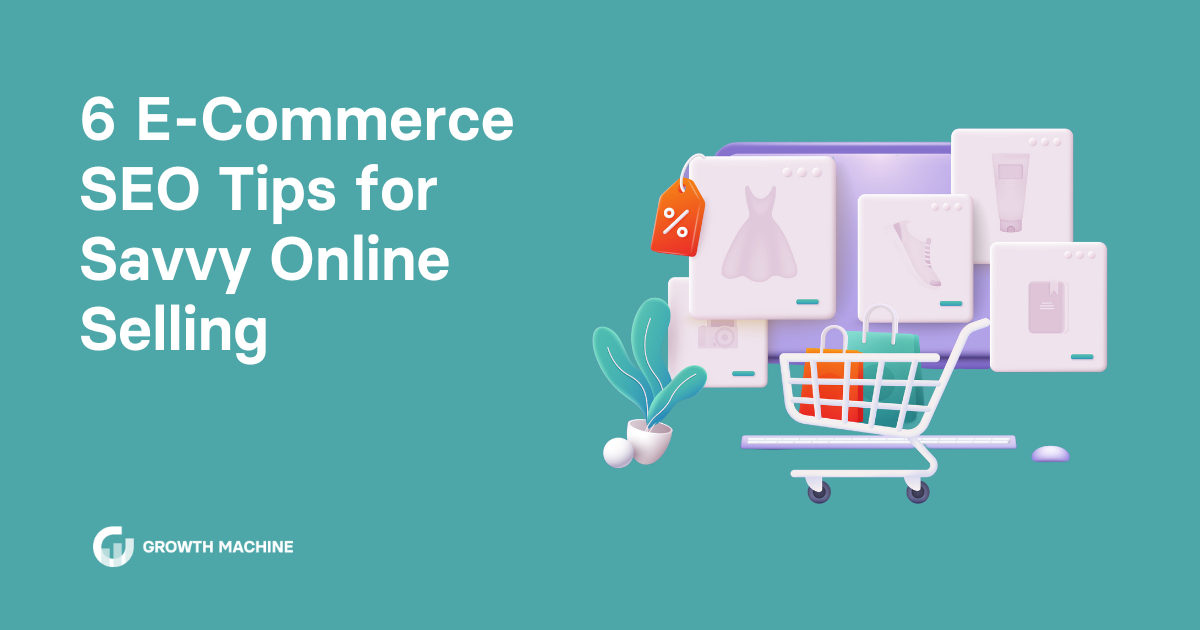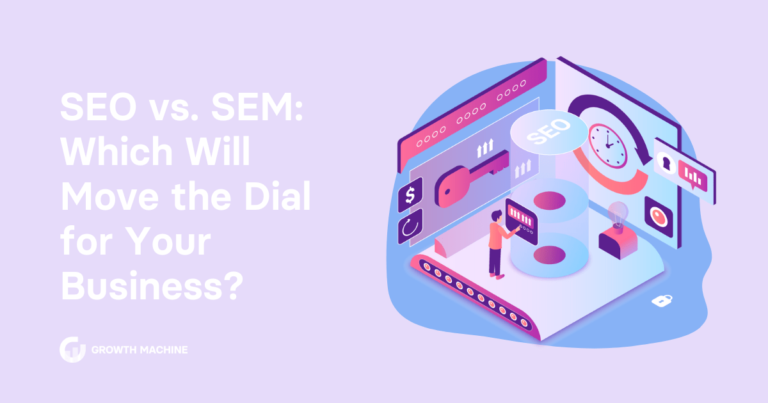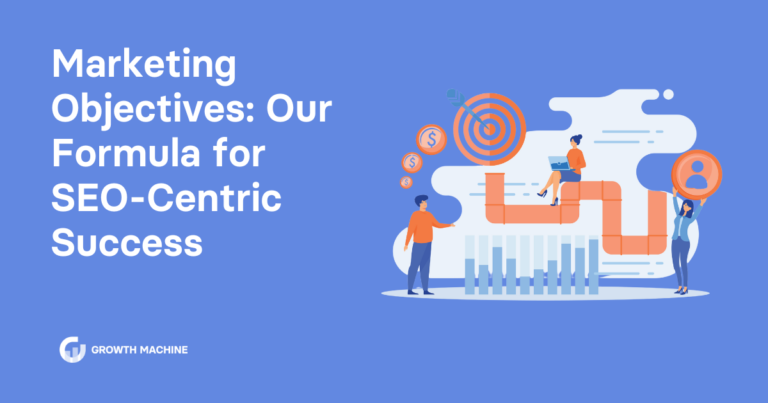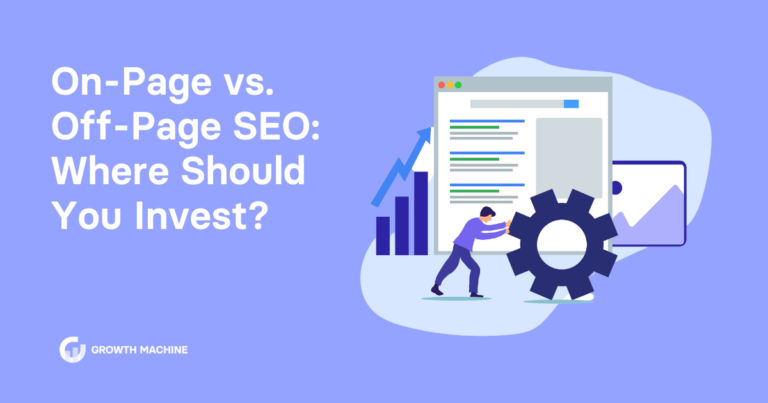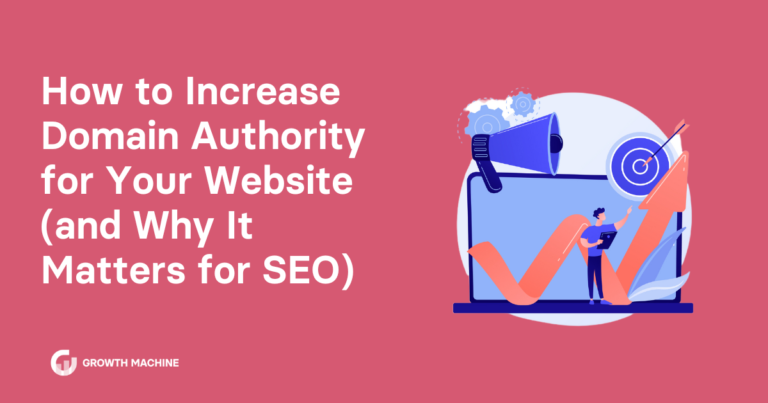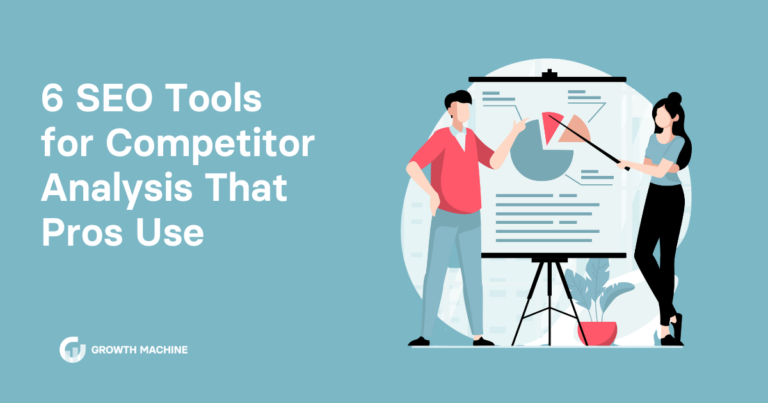6 E-Commerce SEO Tips for Savvy Online Selling
Who has the time to shop in-store these days? While brick-and-mortar retail is still profitable, there has been a clear shift in consumer preferences for online shopping experiences. And while e-commerce websites are way cheaper to operate than, say, a full-blown retail store, they aren’t without their challenges.
Actually, it can be much harder to stand out online than in a physical retail space.
Fortunately, specialized search engine optimization (SEO) strategies can transform fledgling e-commerce sites into booming shopping destinations. It takes time, hard work, and the right strategies, but with consistency and dedication, e-commerce SEO can lead to a big payoff for your store.
In this guide, we’ll explain how e-commerce SEO differs from more traditional SEO practices. We’ll also equip you with six actionable e-commerce SEO tips to steadily improve your e-commerce site rankings in just a few months.
E-Commerce SEO Vs. Traditional SEO
Undoubtedly, you’ve heard a bit about traditional SEO. While some of these SEO best practices carry over to e-commerce sites, there are a few differences you should keep in mind before optimizing your site, including:
- The focus: Product pages are the main focus of any e-commerce website. Traditional SEO doesn’t place very much emphasis on individual product optimization, but e-commerce focuses intensely on high-quality product descriptions.
- Site layout: An e-commerce store will usually have a more complex site architecture than a traditional website. You’re working with multiple categories and way more internal links. It’s a little trickier to ensure a smooth user experience with so many links, so you have to become an internal linking pro.
- Technical SEO: If you sell on e-commerce platforms like Shopify or Amazon, they come with a slew of SEO requirements and to-dos. Even an e-commerce website of your own will require more technical optimizations because of its larger size.
- Product focus: Traditional SEO relies pretty heavily on content like blogs. E-commerce SEO does, too, but it integrates content marketing directly into product pages to encourage purchases.
- Success metrics: Business owners weigh the success of an e-commerce SEO strategy by different metrics compared to traditional SEO. While both focus on organic search performance, e-commerce businesses also track conversion rates, visits by potential customers, and sales performance using tools like Google Analytics and Google Search Console.
6 Must-Try E-Commerce SEO Tips
Paid ads will get tons of traffic to your site in a jiffy, but they’re expensive — and there’s no guarantee that shelling out a lot of money for ads will pay off in the long run. E-commerce SEO, on the other hand, helps you gradually gain a foothold in the competitive online shopping industry. It won’t happen overnight, but you can follow these e-commerce SEO hacks to tip the scales in your favor.
1. Optimize E-Commerce Product Pages
Optimizing product pages is the best way to attract searchers and (hopefully) convert them into long-term buyers. Start by conducting thorough keyword research. You want a mix of short, relevant keywords and long-tail keywords that your target audience is searching for. The goal is to choose e-commerce keywords that match users’ search intent.
You can also find keyword ideas by checking out your competitors’ websites, platforms like Amazon, or eve nGoogle’s “People Also Search For” feature. Keyword research tools like Semrush and Ahrefs are also popular options.
With your target keyword list in hand, incorporate these terms into several areas of your product pages, including:
- Headlines
- Feature bullets
- Meta descriptions
- Title tags
- Product image alt text and file names
Maybe this goes without saying, but make sure the product page content is high quality, too. Since shoppers can’t see your products in person, high-quality product images and detailed descriptions are extra important for persuading people to make a purchase.
2. Invest in Your Category Pages
Category pages are unique to e-commerce websites. Instead of smushing all of your products together under the main “Shop” tab in your website navigation, category pages divide your offerings into distinct buckets.
For example, a beauty e-commerce site might have different categories for skin care, makeup, and hair products. Effective category pages improve the user experience and make it easier for search engine bots to classify the data on your site. That’s a win-win!
Category pages are an underutilized tool for e-commerce SEO. Optimize these just as much as you optimize your individual product pages. Since most people visit category pages to find related products in one view, include plenty of well-organized internal links to both your products and informational guides on your site blog.
3. Rework Your Site Structure
Streamlining your e-commerce website navigation makes it easier for shoppers to find what they need while also simplifying the journey for search engine crawlers.
Make sure your site follows a logical hierarchy that’s easy to navigate. Use a flat structure where possible, limiting the number of clicks from the homepage to any given page. Internal links are also a must for healthy site navigation. Sprinkle internal links strategically throughout your site to connect related web pages and distribute link equity throughout.
It’s also worth creating a linkbuilding strategy. With linkbuilding, you earn backlinks from reputable third-party websites, which is a major ranking factor. It tells search engines you have a quality site that others find helpful, which is great for boosting organic traffic in the long run.
4. Check for Mobile Responsiveness
Did you know that 91% of people use their smartphones to make online purchases? If you’re building an e-commerce website on a desktop, you aren’t seeing your site the way mobile shoppers do. That could lead to blind spots that hurt your chances of e-commerce SEO victory.
A huge percentage of potential customers will access your site on mobile devices, so optimize your site for mobile-first shopping. Most e-commerce site templates use responsive design, which automatically adapts each web page to fit all screen sizes and devices.
Check your page load times, too, since slow-loading pages can have a negative impact on conversion rates and even your ranking on search engine results pages (SERPs).
Page speed can get technical, though, so you may need to work with a developer to get your site speed up to snuff. Be sure to test your site on multiple devices to ensure all elements — including your product images and other design elements — display how you intended.
5. Improve the User Experience
What’s good for shoppers is also good for e-commerce SEO. Making a few small tweaks to the user experience can yield big gains in search engine rankings, so it can’t hurt to invest in some UX changes.
Aim to create an intuitive and engaging shopping experience. That might mean:
- Simplifying your website navigation
- Streamlining your calls to action (CTAs)
- Adding FAQs to your product pages
- Cutting unnecessary fields from the checkout process
- Adding more high-quality images or videos to your product pages
- Including features like customer review widgets and wish lists
Few customers will tell you about website issues, so keep a close eye on your e-commerce business metrics. A dip in traffic or conversions can be a clue that something needs your attention. Check SEO tools like Google Analytics or Ahrefs to see where you stand. You can also set up heatmaps with Hotjar to identify points of friction, like buttons that don’t work or clunky sign-up forms.
6. Create SEO-Friendly Content
Not all e-commerce shoppers are ready to buy when they find your site. Instead of losing these potential customers forever, populate your e-commerce site with lots of quality content to build relationships with these visitors. They might not be ready to convert right now, but e-commerce content marketing builds trust that, over time, could transform a casual browser into a customer.
For e-commerce sites, long-form SEO content like detailed guides, product reviews, and how-tos are particularly effective. These longer write-ups give you more opportunities to do a deep dive into your customers’ biggest problems. Plus, search engines love thorough, well-researched content! It doesn’t hurt that in-depth guides also give you more chances to rank for Google’s Featured Snippets.
The problem is that most e-commerce business owners don’t have 10 hours a week to write 3,000-word guides about waffle-knit cardigans. But the Growth Machine team does! Our digital marketing experts craft optimized content designed to turn heads, build your authority, and increase sales in the long run. See how we increased site traffic by 11,212% for one e-commerce client — and in only 10 months.
Growth Machine: SEO Campaigns on Autopilot
Running an online store isn’t an easy gig, but the right e-commerce SEO strategies will help you overcome barriers to traffic, conversions, and sales. Organic marketing strategies like SEO take time, but with consistency, you’ll increase your site’s visibility and make a name for yourself in your corner of the internet.
The downside is that it can take as long as 10 hours a week to execute e-commerce SEO. If you’re ready to take your e-commerce site to the next level but lack the time to do it yourself, let the pros handle e-commerce SEO for you. Tap our team of SEO experts to strategize keywords, manage content, and track success at every turn. Contact us now to get a jump-start on your e-commerce SEO strategy.

